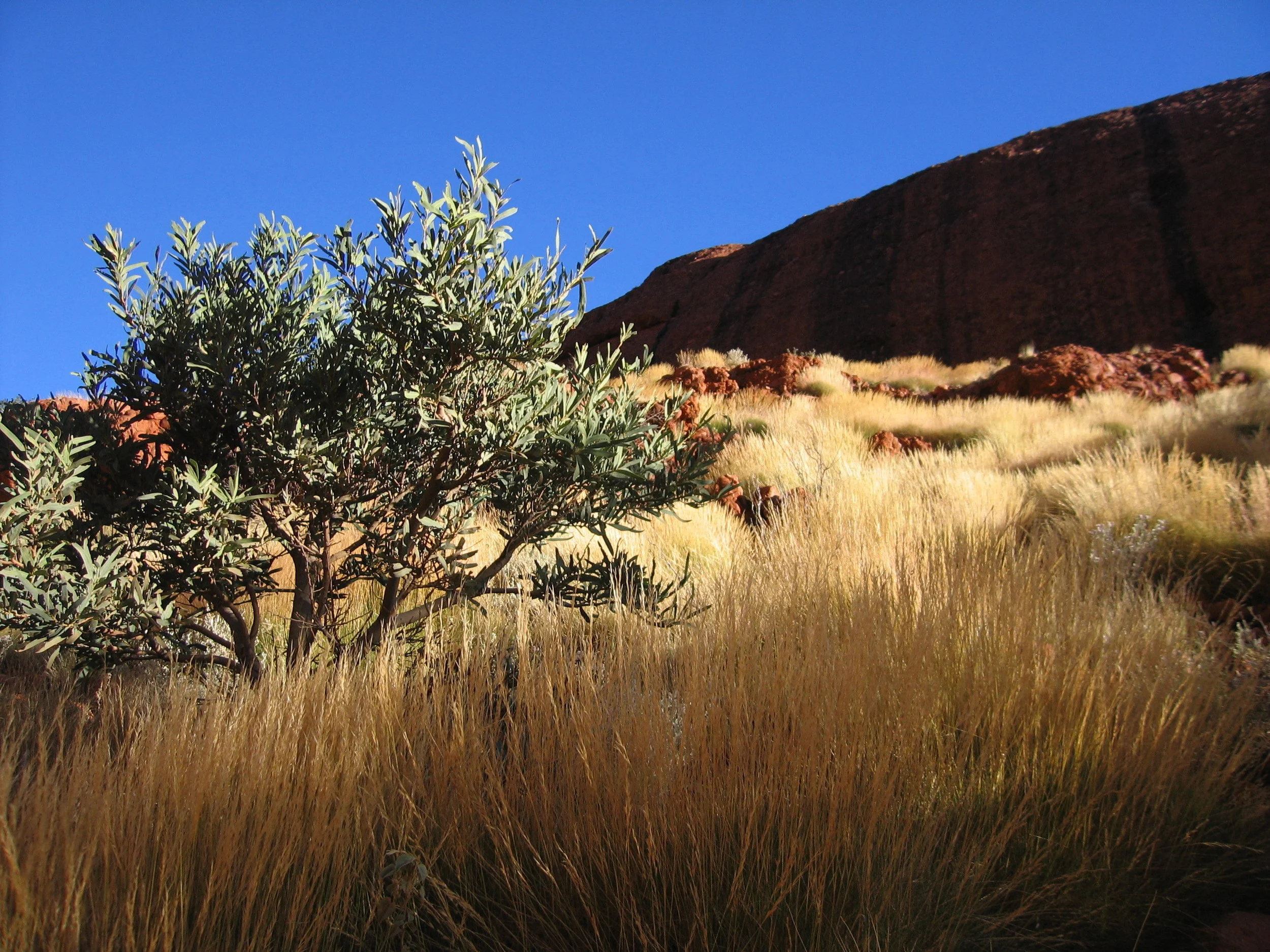7 million people in the US and across the world took to their streets on October 18th to once again remind the US president and aspiring king that there are no kings in a democracy.
In the dark times, be the sun.
Courage is contagious
Former CDC head Susan Monarez testified in front of Congress and shared the directives she received from RFK Jr., many to disregard science, and his disregard for the agency and staff he is charged with leading . “On August 25, I could have stayed silent, agreed to the demands, and no one would have known,” Monarez said. “What the public would have seen were scientists dismissed without cause and vaccine protections quietly eroded — all under the authority of a Senate-confirmed director with ‘unimpeachable credentials.’ I could have kept the office, the title, but I would have lost the one thing that cannot be replaced: my integrity.”
Non-cooperation
Rise up
Sexual harassment and abuse (and misogyny, discrimination, assault, and bullying) are so rampant that there is a whole National Academies of Science report on the topic. Accountability has to start in our home institutions. Accountability has to start with us.
What are we “for”?
By the numbers
Numbers matter. If they didn’t matter, wanna-be authoritarians wouldn’t be censoring labor statistics that don’t show them in favorable terms. The “flood the zone” strategy the Trump administration has been implementing is causing harm on a scale that is truly difficult to enumerate but all those numbers matter too.
This is, in fact, precedented.
As the good folks at Stroika point out, the authoritarian playbook is a playbook for a reason. This is, in fact, precedented. And that means we can learn from what has worked previously.
The importance of screaming into the void
All these things are connected
All these things are connected. The vision for the world that emerges when these individual events are put together is one of isolationism, stalled progress, rabid racism and sexism, a fallen democracy and country, destroyed from within. There is an acute danger of normalcy amidst fascism, of shrugging while there are people intentionally starved and bombed in faraway lands and locked up without due process on our own soil.
The children are always ours
In 1980, James Baldwin wrote in The Nation: “The children are always ours, every single one of them, all over the globe; and I am beginning to suspect that whoever is incapable of recognizing this may be incapable of morality.” Are the more than 50,000 children killed or injured in Gaza not also ours?
Cede nothing
When dissent is not enough
If you want to know what a society values, look at what they spend their money on. As we write this week’s update, the US Senate passed a monstrosity of a budget that strips healthcare and food assistance from the most vulnerable people in our society, cuts science funding and kills our ability to solve our most pressing challenges, gives rich people a huge tax break, and funds gestapo and literal concentration camps on US soil and abroad.
The heat is on
As our US government institutions increasingly fail to keep us safe, many individuals and civil society groups are organizing and stepping up to protect each other. That’s heartening and much needed at a time when the slide into authoritarianism is more rapid in the US than most experts anticipated. Life may seem “normal” in your corner of the world, with the daily grind of work and life, brunch, kiddo playdates, concerts, etc. That normalcy is deceiving and dangerous, as dissidents from other authoritarian regimes warn us.
The nature of resistance
Violence is escalating in the US and across the world, from targeted assassinations of Minnesota legislators and their family members to violence against peaceful protesters (including violence perpetrated by law enforcement groups), to escalation of war in the Middle East, Sudan, and Ukraine. It is tempting to look away, but we need to remember that turning away is a privilege and many do not have that option.
















